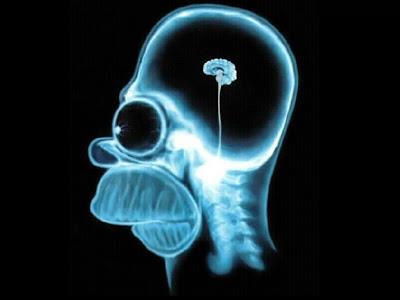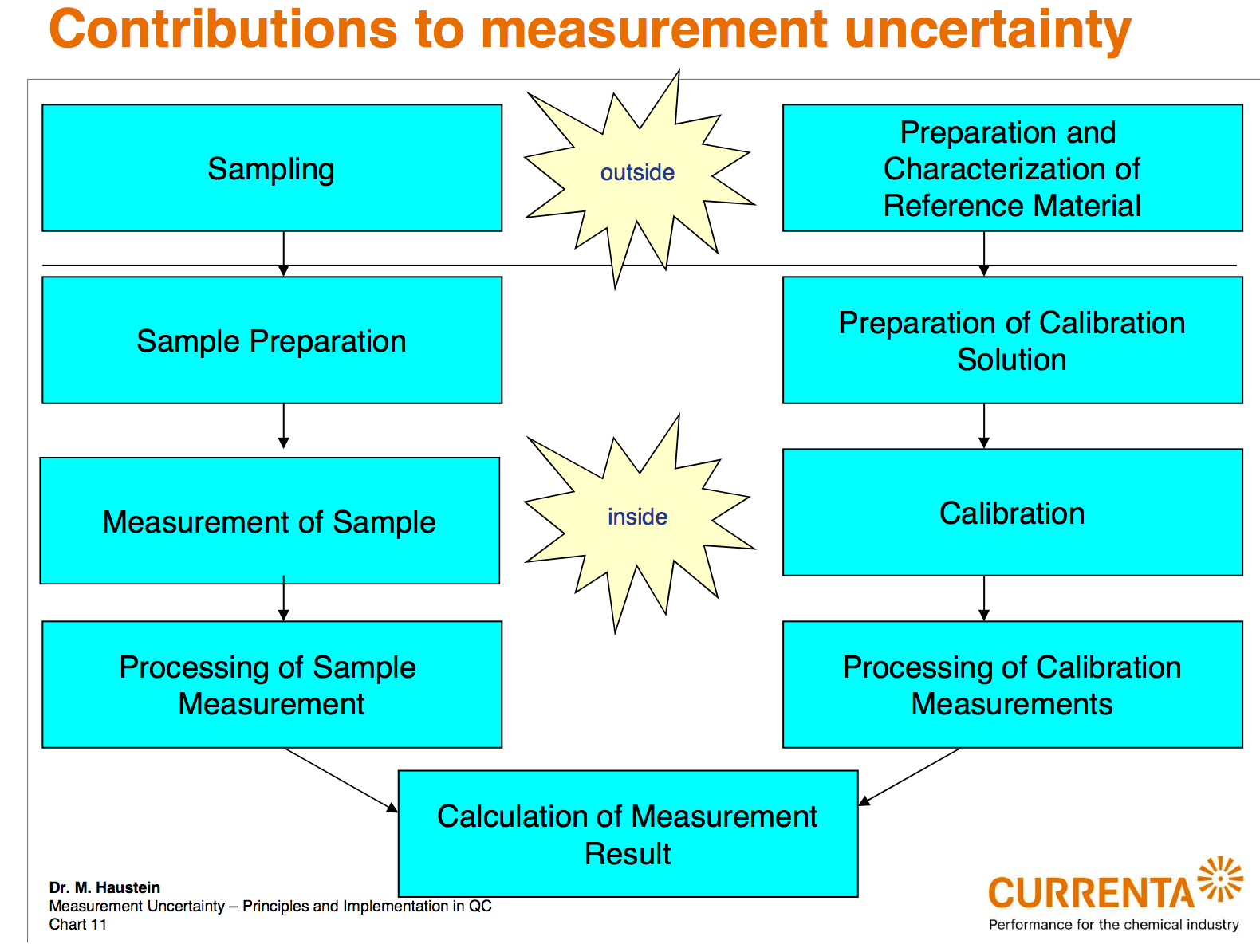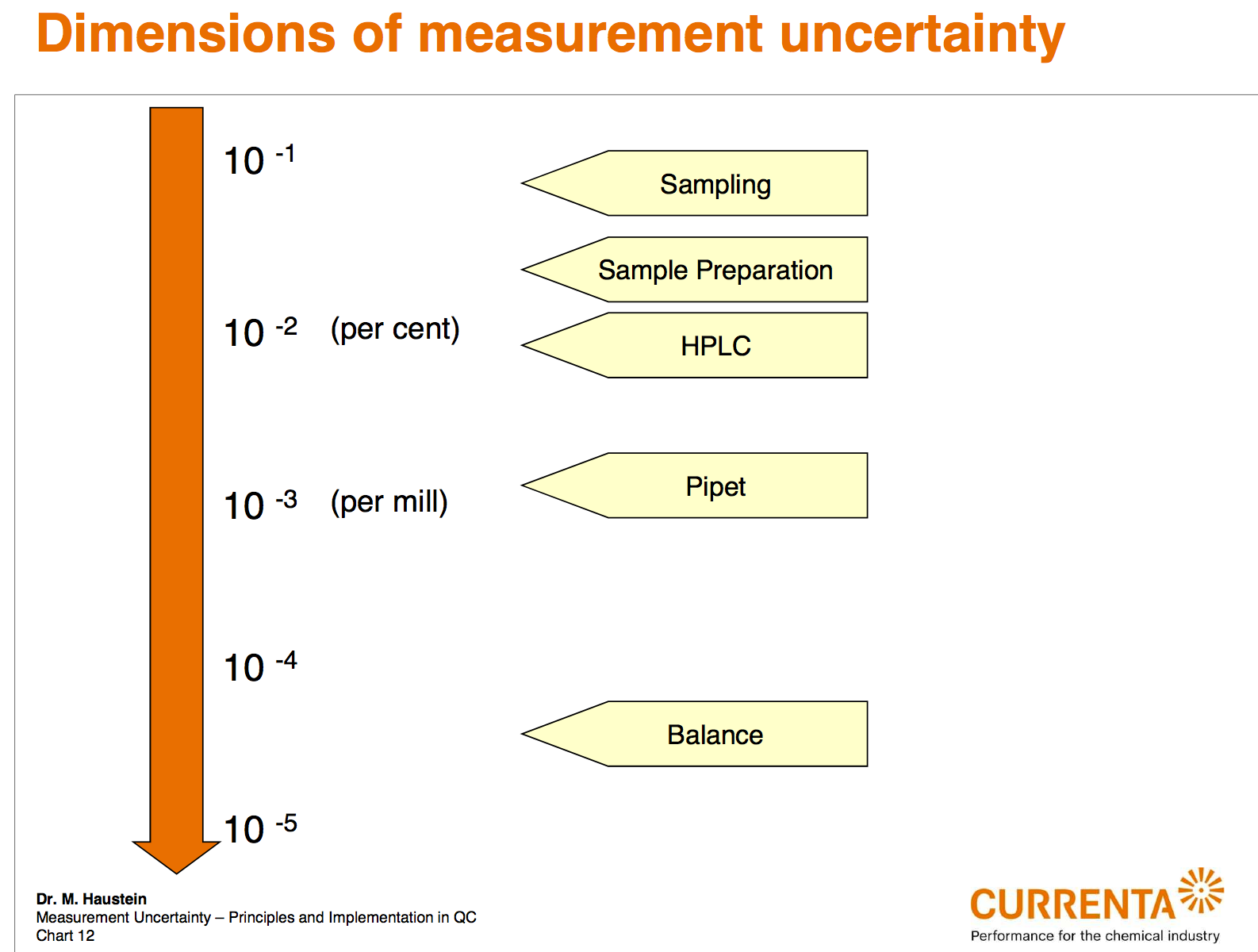“They are merely technicians”-the myth of Gas Chromatography analysis
Language is important in science and in law. If you are a prosecutor, you would want to call those who preform the GC-FID analysis for EtOH “techs” because “techs” don’t think, they just do.

It must be emphasized that the simple fact is these people are not merely techs. These people are in fact analysts. They are vested with a large degree of discretion that can and does fundamentally change the reported results.
Repeated studies show over 90%-95% of the combined uncertainty of the quantitative measurement comes from sample preparation. The other part is in the instrumentation. That is the realm of these analysts.
Have you heard this joke before ?
A bus has 10 people in it and stops at a bus stop. 11 people get off.3 scientists comment as follows:
- The biologist: “They must have reproduced during the journey.“
- The mathematician: “If somebody else gets on, there‘ll be nobody left on the bus.“
- The analyst: “What the hell; you have to expect 10 % measurement uncertainty!“

As such, who is more important to have in court? Someone who interprets the other person’s actual work or the person who actually does the work? The latter clearly.

In some models of GC-FID analysis in laboratories, they follow a “cradle to grave” method where one person develops and processes the sample, programs and operates the GC, and interprets the results.
In other models of GC-FID analysis in laboratories, they follow a “Henry Ford Production line” method where one person develops and processes the sample, another person programs the GC, and other person operates the GC, and finally another interprets the results presenting it in an opinion report and perhaps later in testimony.
In “Henry Ford Production line” method, the the testifying expert witnesses typically has absolutely no personal connection to the analysis before they issue their electronic signature.
In this model, they look at 4 or 5 pieces of paper: the chain of custody papers which are 2 or 3 pieces of papers, and the 2 chromatograms that are associated with the subject sample. That’s it. Nothing else. Certainly no electronic computer data files or sequence information. A large amount of their reports are automatically generated by their Laboratory Information Management System (LIMS), such as in the case of one reputable laboratory’s reports, the number of drinks paragraphs which is not at all specific to the accused. These testifying experts assume everyone else must have done must did their job appropriately. No proof. Just belief. Just faith. No verification. If you ask them if they ever once talked to the analysts on any matter of substance, they will likely say no and certainly nothing about that particular sample. In some occasions, they may not be able to describe what he or she looks like (e.g., tall v short, skinny v fat, color of hair).
In this model, the testifying experts do not step foot into the aliquoting room, or the bay of GC equipment when the sample is there. They directly observe nothing. Some of them may do the 5 page data review and approve the electronic signature offsite.
In this model, the testifying experts are not supervisors in the sense of the classical definition as found in Merriam-Webster:
one that supervises; especially : an administrative officer in charge of a business, government, or school unit or operation
In this model, the testifying experts do not supervise any of the activities of the analysts as they cannot direct, punish, promote or do the like to the analysts. They are not privy to the analysts’ personnel records that holds their training, proficiencies, write-ups, school transcripts, applications for employment, background checks or anything else.
In these Henry Ford production laboratories, there is a large amount of churn with the analysts. In these types of laboratories, we have found analysts who have failed basic proficiency testing (but it was never declared to us in discovery or as Giglio material and the testifying expert claimed ignorance to the documented failure). In that same case, we discovered that the Quality Assurance Officer (the essential double checker of the data) have themselves failed proficiencies (but it was never declared to us in discovery or as Giglio material and the testifying expert claimed ignorance to the documented failure). The rebuttal by the expert when confronted with this is that the QAO was “like a coach” in that a coach cannot play a sport himself or herself but can advise. In another laboratory, one person failed undergraduate instrumental analysis class but still preformed analysis on instruments.
With some of these Henry Ford production like laboratories, until a defense attorney asks for their “litigation packet” the testifying experts do not bother to look at the underlying associated data that is essential to determining validity of the measurement and exists outside of the 4 or 5 sheets that are reviewed such as quality control, calibrators, verifiers, resolution matrix, blanks, control charts and much much more.
Until the defense community becomes well educated on the science of all of this, then the appellate courts will continue to produce poor and unscientific opinions. The repeated poor and scientifically incorrect appellate decisions are not their fault at all. It’s the defense community’s.
A poor and unscientific records are the fault of the defense trial attorney.
In GC-FID cases and appellate law, poor records exist where the prosecution asserts unrebutted and unchallenged that the physical acts of sample prep and instrumental analysis is no different than using a calculator where no matter who is doing the process 1+1 will always equal two. In oral argument in the Pennsylvania Supreme Court on a GC-FID case, the DDA simply said “all this stuff [meaning what the analyst does] isn’t important because it happens in a petri dish and put into the instrument” Wow. Really?!?!?!?! Because the defense community does not bother to educate itself we continue to get records that include phony baloney notions that printed chromatograms are “raw data” and cannot be altered. Objectively, we know it can as evidenced by the above YouTube video. It also leads to the propagation of prosecution folklore, that ethanol analysis is “routine” and “simple” and by implication not prone to error. It may be routine in the sense that it is frequently preformed, but it is far from simple and entirely subject to error.
Until the defense community consistently produces robust and scientifically correct records, no one can fault the appellate courts if they continue to produce unscientific opinions.
Why do judges typically only get training only from prosecution aligned instructors that help to propagate these myths as outlined above because it is in their vested best interest, and in keeping with their biases that the judges are never told about?
I cannot highly recommend enough that if you do DUI defense or any manner of forensic science related litigation that you become scientifically trained. Justice comes through knowledge, not reliance on experts.
These cases need to go to trial more. Recall 100% of people who plead guilty get found guilty. The defense community as a whole is far behind where we need to be in substantively and scientifically defending DUI and DUID cases and in forensic science in general. We can and must do better.


